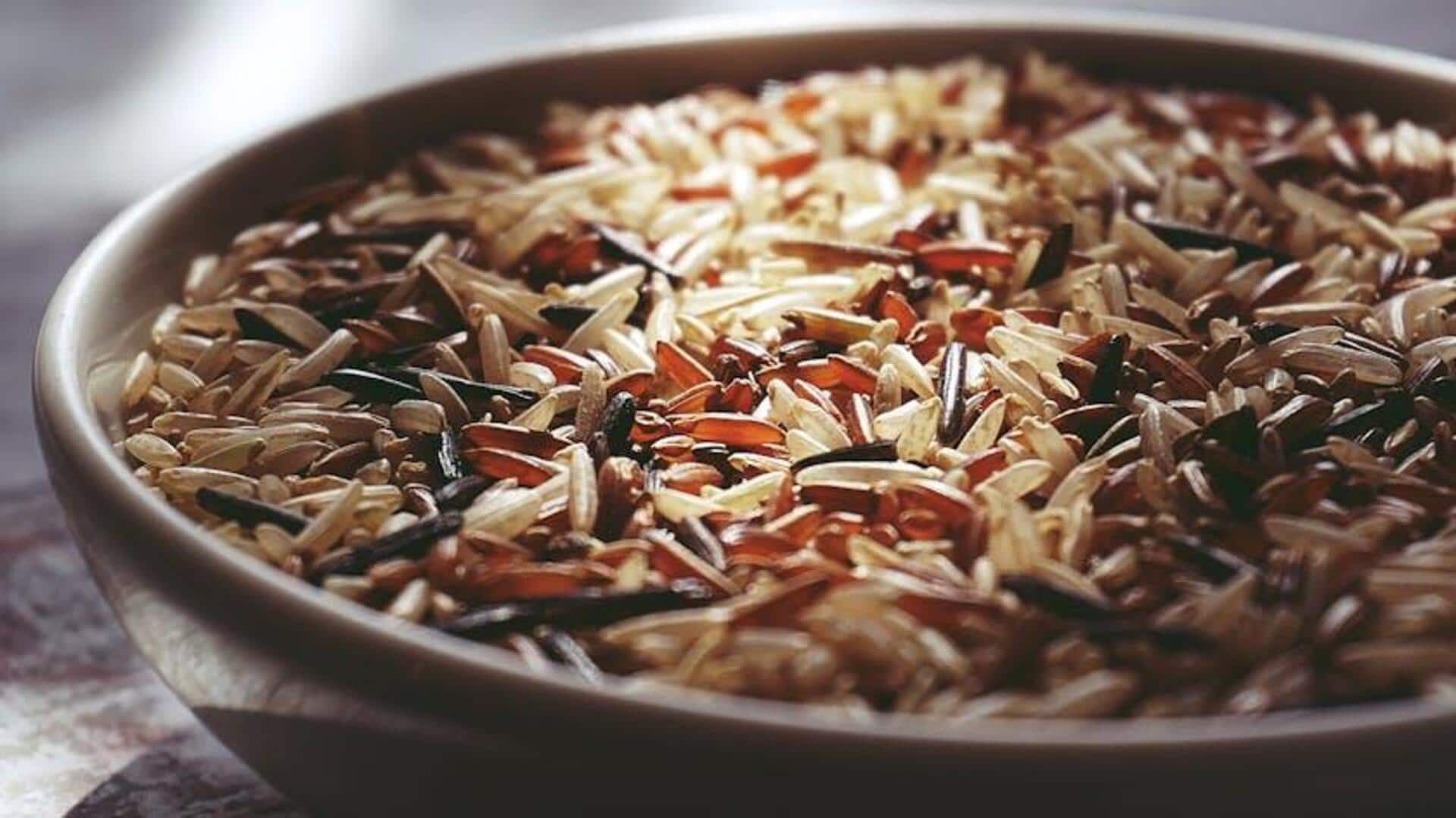
5 healthy alternatives to white rice
What's the story
Though white rice has become a staple in our diets, there are plenty of whole grain alternatives that are richer in nutrients and fiber. These grains not only make a healthier option but also ensure that you get your daily dose of vitamins and minerals while making your meals interesting. Let's take a look at five such whole grains that can replace white rice in your meals.
#1
Quinoa: A protein-packed option
Quinoa has gained popularity as a superfood for its versatility. It is high in protein and contains all nine essential amino acids. Quinoa is also gluten-free, and a great source of fiber, magnesium, and iron. It cooks quickly and makes an effortless substitute for white rice in several recipes. Quinoa's nutty flavor goes well with savory and sweet dishes alike, adding nutrition to any meal.
#2
Brown rice: A familiar alternative
Brown rice has the bran layer of the grain intact, offering more nutrients than white rice. It is fiber-rich and has essential vitamins such as B6 and magnesium. Brown rice is also slightly chewier and nuttier, which complements a lot of cuisines. Although it takes longer to cook than white rice, it is worth the time for the health benefits it offers.
#3
Barley: A heart-healthy choice
Barley, an ancient grain, is another heart-healthy option, thanks to its high beta-glucan content which helps lower cholesterol levels. It has a chewy texture and mild flavor, which is a great match for soups/stews or as a side on its own. Barley also gives you important nutrients such as selenium, manganese, and phosphorus.
#4
Millet: A gluten-free grain
Just like quinoa or couscous, millet is another gluten-free option which adds versatility to your cooking. This small-seeded grass is a rich source of magnesium, phosphorus, manganese, and antioxidants like phenolic compounds, which all contribute towards overall health improvement when consumed regularly over time. Its mild taste makes it ideal for savory dishes like pilafs or sweet preparations such as porridge.
Tip 5
Farro: An ancient grain with modern appeal
Cultivated since ancient times, farro continues to be a favorite, thanks in large part to its nutritional profile (proteins, fibers, vitamins including niacin (B3), thiamine (B1), zinc, copper, etc). Slightly nutty in taste and chewy in texture, farro brings depth to salads, soups, and risottos alike. It takes longer to cook than other grains, but patience pays off with delicious results.